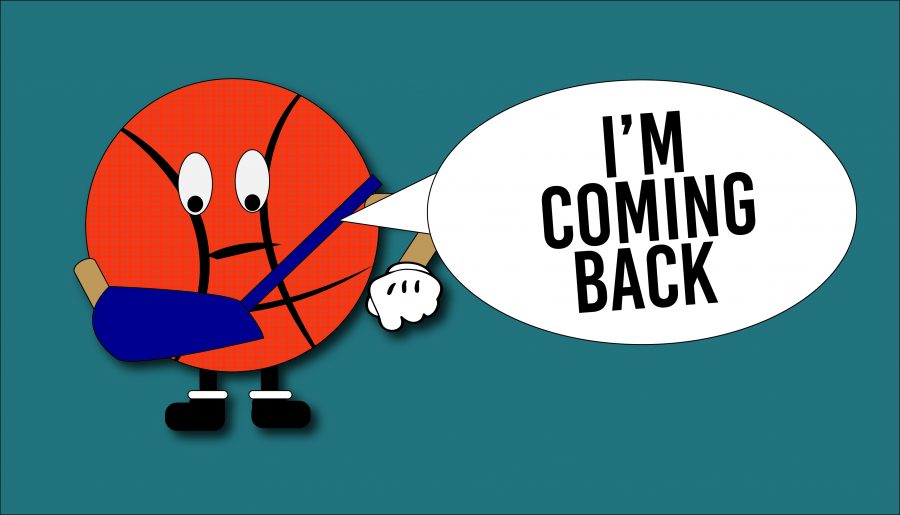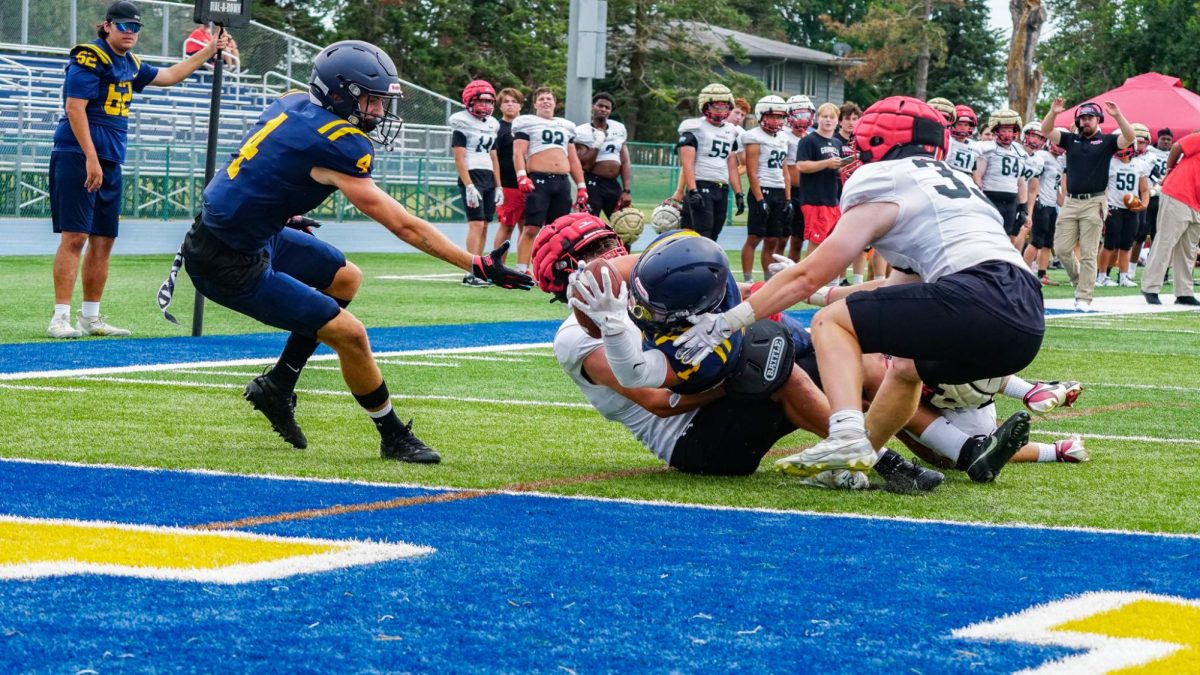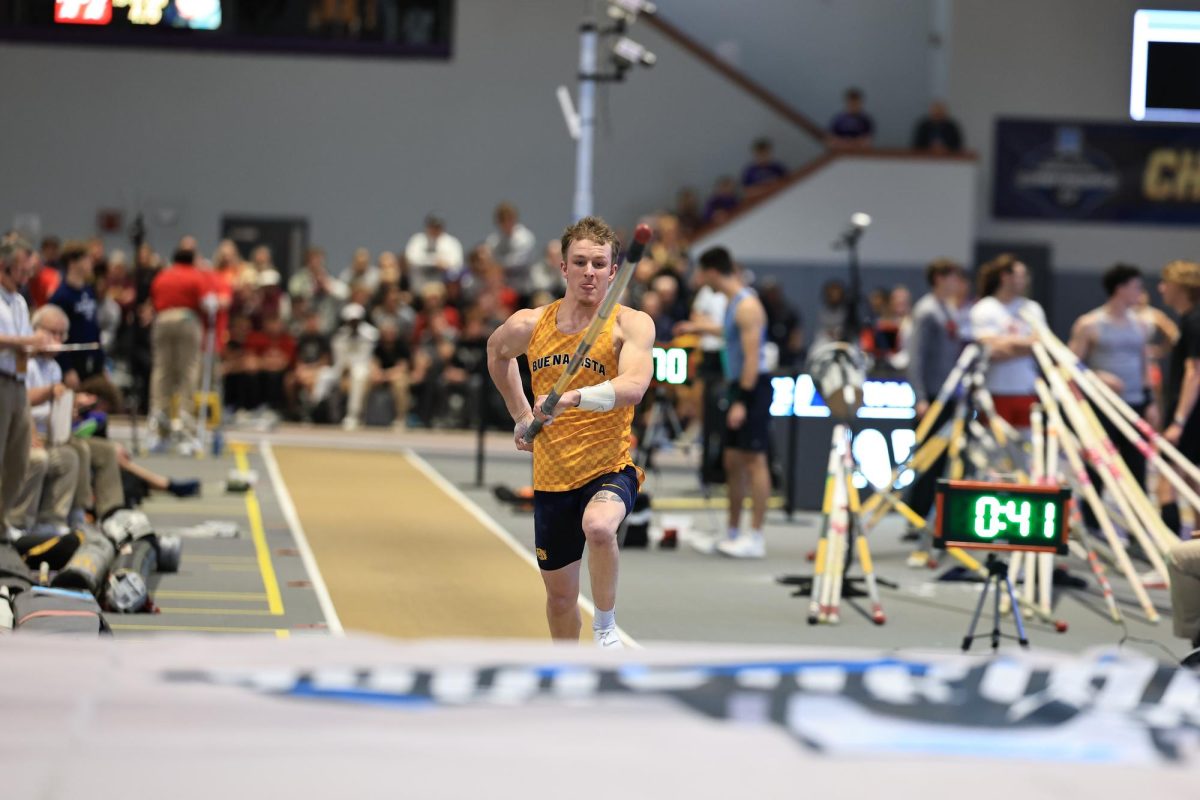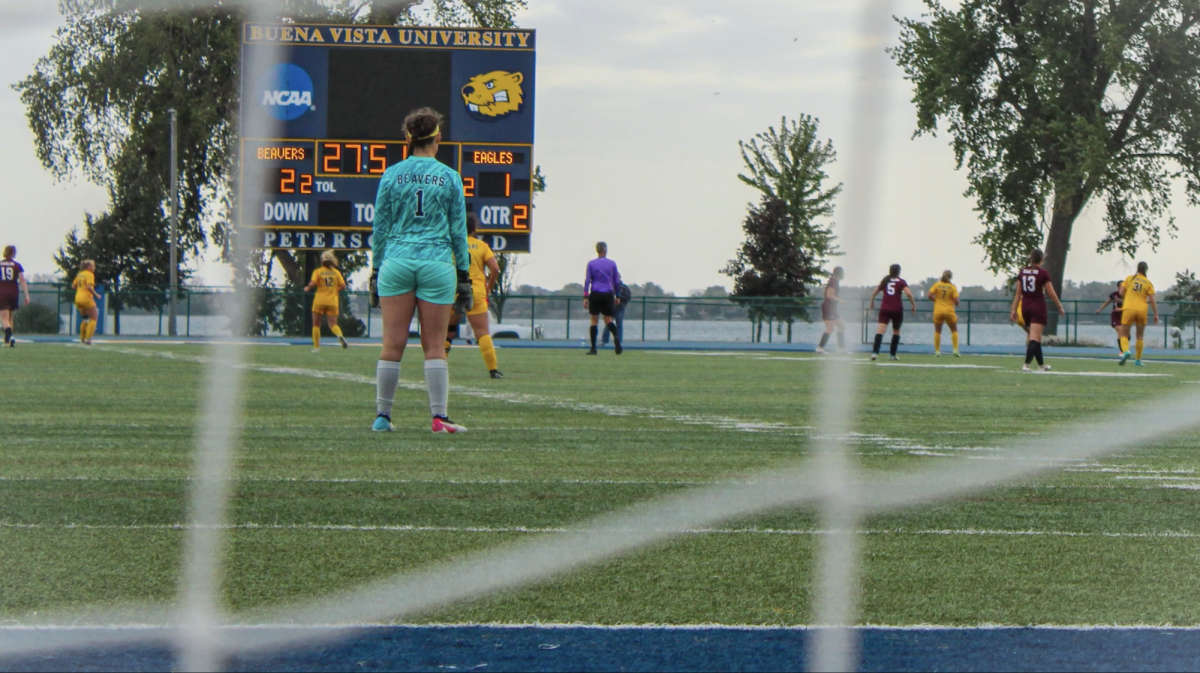Kelsey Ackerman | Sports Co-Editor
The risk of injury comes with every sport. One of the hardest aspects of getting an injury is the training and rehab to come back to the sport with the same ability as before.
Athletic Trainer Lisa Bengtson thinks the mental aspect of not being a part of the team is what players struggle with the most during recovery.
“We make sure they are going to practices, staying connected with the team, and maybe have them do rehab during practice so they aren’t just sitting there watching,” Bengtson said.
Senior basketball player Becca Pennington tore her ACL and medial meniscus in her left knee. She had ACL reconstruction and meniscus repair surgery following the injury. Pennington was forced to sit out her junior year and came back from the injury this season.
“Staying positive and having a healthy mindset is important. It is very easy to become discouraged as well as frustrated during the whole rehab process,” Pennington said.
Freshman volleyball and track athlete Emily Mathews experienced an 80% tear in her rotator cuff following volleyball season.
“The hardest part has been waiting to get back to the sport I love. It is hard to be patient but also important to make sure I get all the proper healing I need. This will make for a better return in the long run,” Mathews said.
Head football coach Jay Anderson experiences many injuries to players throughout the seasons. Being a heavy contact sport, severe injuries in football are not uncommon.
“The thing I see athletes coming back struggling with the most is having the confidence that they wont get injured again. If you’re thinking about getting re-injured, you’re not going to play at a high level,” Anderson said.
Sophomore football player Tyler Morrissey tore his Achilles tendon the first day of practice this past season. With such a severe injury, Morrissey had to go through an extensive surgery and a long period of time in a cast and on crutches, as well as a lot of time in the training room doing rehab.
“The most helpful thing in the rehab process was by far the athletic training staff. I would vouch for them any day of the week, as they are fantastic at what they do. They answered any questions I had and were there for any difficulties, rehab plans, doctors appointments, pool workouts, ice, tape, scar massage, stem treatments, the first time I walked on my own, the first time I ran, and to top it off they are great people in general. It made the process so much easier,” Morrissey said.
In the process, the athletic trainers follow a specific plan for each injury. They first focus on the pain and inflammation, typically following surgery, then start focusing on regaining the full range of motion. Once the full range of motion is regained, the trainers then start to work on function activities that will transition the athlete back into their sport. Lastly, they focus on making sure the athlete can do their activities for their sport in a controlled setting before they are allowed to return to the uncontrolled setting with competition.
“Once an athlete sees that things do progress and that there is a possibility of returning to their sport, things seem to get better and progress faster,” Bengtson said.
While there is a long road to recovery from a serious injury, thanks to the athletic training staff we are fortunate to have at BVU, the process becomes easier and goes more smoothly with their help.
Graphic by Justice Gage









